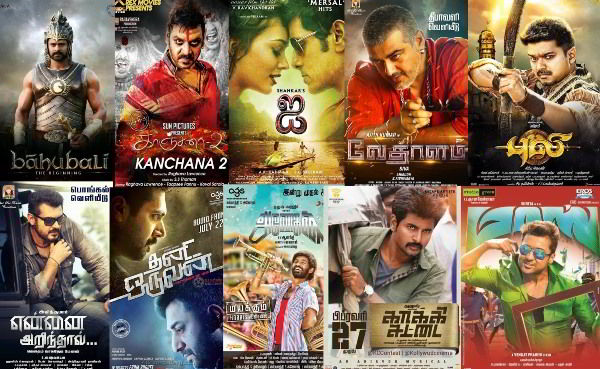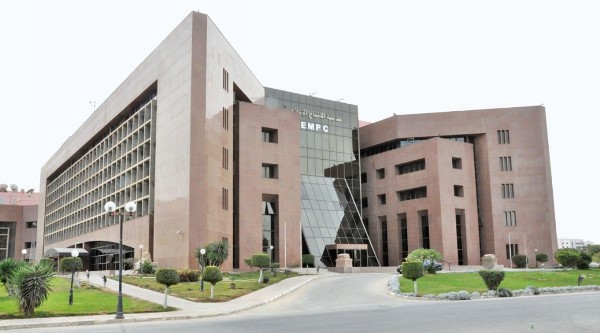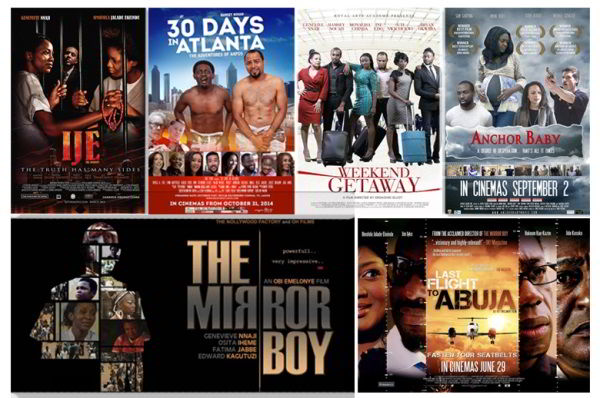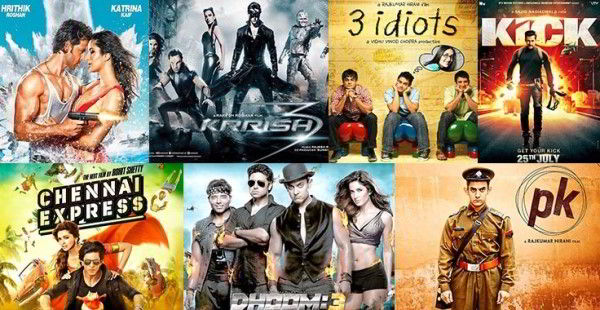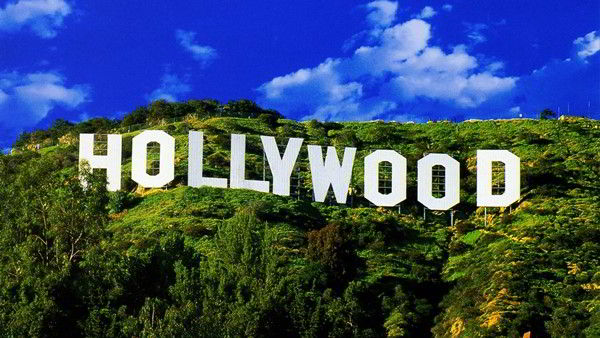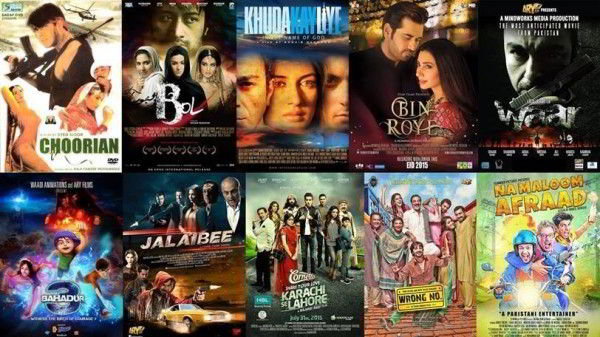There are literally hundreds of strategy frameworks out there, ranging from simple to extremely complicated. But choosing from the best strategy frameworks for your own organization is hard. We’re going to talk you through 5 of the best strategy frameworks out there, and help you to decide which one is right for you.
First things first though – why do you even need a strategy framework? The main reason is to help keep you focused on your goals. There are 3 key steps in implementing your strategy framework – each of which will help you to focus more deeply on your strategy:
Step 1: Choosing the right framework
We’ve picked out 5 of the best strategy frameworks below, and for each one have outlined why they’re useful. We’ve also provided examples of what types of organizations might use them. A key part of choosing the right framework is self reflection about your own organization. What are you trying to achieve? What are your main strengths and weaknesses? All these factors will play heavily into your selection of the best strategy framework.
Step 2: Applying the framework to your goals
As you go through and create your strategic plan, for each goal that you create, you’ll need to think carefully about how it fits into your chosen framework. You may even find that it doesn’t fit at all. Either way, this process will again force you into thinking deeply about each of your goals and whether they’re well aligned to your overarching vision.
Step 3: Reviewing your plan against your frameworkTools like
Cascade can help you to analyse how well aligned your strategic plan is with your strategy framework. Are you too focused on one particular element of the framework? Do you have a good overall balance of goals?
There are other benefits to implementing a strategy framework, such as helping your people understand how their own goals fit into the bigger picture. But for this article we’re going to assume that you’re already sold, and will move on to looking at what we consider to be the best strategy frameworks out there.
1. McKinsey’s Strategic Horizons
McKinsey’s Strategic Horizons are all about keeping you focused on growth and innovation. This strategy framework requires you to categorize your goals into 3 different ‘horizons’:
- Horizon 1: Core Business
This encompasses the activities that are most closely aligned to your current business. Most of your immediate revenue making activity will sit in horizon 1. If you were a retailer, this would include the day-to-day goals associated with selling, marketing and serving your product/customers. Your goals in horizon 1 will be mostly around improving margins, bettering existing processes and keeping cash coming in.
- Horizon 2: Emerging Opportunities
Emerging opportunities are all about taking what you already have, and extending it out into new areas of revenue-deriving activity. There may be an initial cost associated with your horizon 2 activities, but these investments should return fairly reliably based on them being an extension of your current proven business model. Examples of this could include launching new product lines or expanding your business geographically or into new markets.
- Horizon 3: Blue Sky
Your blue sky horizon 3 goals will be all about taking your business in new directions. These may be unproven and potentially unprofitable for a significant period of time. This would encompass things like research projects, pilot programmes or entirely new revenue lines that require significant upfront investment.
Whilst there are no hard and fast rules, we normally advise clients to aim for a 70/20/10 split between the 3 different horizons – but this will change based on your risk appetite and resource availability.
Why it’s so good:
McKinsey’s Strategic Horizons is a great strategy framework, because it keeps you focused on constantly growing your organization and creating future revenue streams. Many organizations become fixated on driving their current profit margins. This is great for the short-term but the lack of diversity introduces significant risk to your business from changes in the market, customer demand or competitive activity.
What kind of organizations might use McKinsey’s Strategic Horizons:
This is a very versatile framework, and is applicable to the vast majority of organizations and industries. The framework is particularly popular among fast-growing organizations such as startups who need to maintain a fine balance between their cash-flows and their growth rate.
2. Value Disciplines
The Value Disciplines approach works on the assumption that an organization is most likely to excel at that which it is already good at. You’re encouraged to choose one main value discipline for your organization and ensure that you have sufficient components in your strategy driving towards this discipline. By dividing your strategic goals into one of the disciplines below, you can make an honest assessment about whether your strategy aligns to your stated competitive advantage / focus.
- Operational Excellence
An organization that focuses on operational excellence will aim to provide its customers with high quality products or services at competitive prices with low barriers to purchase. You would focus internally on the streamlining of processes – making as few errors as possible and minimizing superfluous services. Standardizing and increasing economies of scale are part of this procedure. Examples of such organizations are: Dell, Wal-Mart, IKEA, Federal Express, EasyJet and RyanAir.
- Customer Intimacy
Your organization feels that its customers are the most important aspect of its business. You would continuously work to meet the customer’s requirements and deliver bespoke solutions and one-on-one solutions where you focus on a long-term customer relationships. Obtaining a once-only large transaction is less attractive than creating a long-lasting intimacy bond with customers. In order to excel at this strategy, you would need to use an intensive Customer Relations Management (CRM) process. Examples of such organizations are: Home Depot, Staples, Ciba-Geigy, Kraft and Frito-Lay.
- Product Leadership
An organization that focuses on product leadership will always strive for product development and product innovation. It will want to be the market leader of the specific product and /or service. You would strive to create a continuous stream of innovation that is in demand with both loyal and new buyers. You would invest a lot in R&D and would have a flexible structure to stimulate the performance and creativity of your employees. New and innovative products are often ‘better, smaller, faster, trendier and cheaper’ than their previous iterations. Examples of leading companies are: Apple, Bang & Olufsen, Philips.
Why it’s so good:
Value disciplines is one of the best strategy frameworks out there. It’s all about focus, focus and even more focus. When you apply this strategy framework, you acknowledge that you will likely only truly excel in one type of business model, and you divert all of your energy into this approach – thus maximizing resources and minimizing distractions.
What kind of organizations might use Value Disciplines:
Again, this flexible framework is applicable to a wide range of industries and products. If your business is by definition already firmly in one of the disciplines, then this model could arguably add less value. For example if you’re a consulting firm, it’s likely that your focus will naturally be on customer intimacy – so the additional focus introduced by the framework might be of limited value. If you’re in an industry where the same product is being sold multiple ways (such as airlines) then the value discipline approach will make more sense and help you to differentiate more strongly.
3. The Stakeholder Model
Whilst not a well known model in the broader business world, the stakeholder model looks at strategy a slightly different way. It looks in terms of bringing the focus back onto adding value for specific groups of people:
- Group 1: Employees
Goals that directly enhance the well-being of employees would fit into group 1. This could be direct financial goals such as salary increases or intangible benefits to this group such as training and facilities.
- Group 2: Customers
Goals and outcomes that benefit customers – such as product improvements or increased accessibility would fall into group 2.
- Group 3: The Community
Most organizations bring an element of community benefit such as job creation. Others go much further and are entirely dedicated to improving the local community. Such goals would fall into group 3.
- Group 4: Shareholders
Whilst this model is popular among not-for-profits, many profit-making organizations also adopt the stakeholder model. The component of their goals that go toward directly enhancing the bottom line would fall into group 4.
- Group 5: Society
You could look at group 5 as an extension of group 3 (community). Goals that will bring benefits to broader society (people who aren’t customers and aren’t in the local community) would be categorized here. This includes major technology advancements, research or environmental work for example.
You can add more groups to the list as you need – there are no hard and fast rules.
Why it’s so good:
The nice thing about the stakeholder model is that it’s both extremely flexible as well as easy-to-understand for employees and other people outside of the organization. It’s also often extremely motivating to see a clear link between your work as an employee and direct benefit being realized by another human being.
What kind of organizations might use The Stakeholder Model:
Not-for-profits and academic institutions do really well with the stakeholder model. Often, the grants and funding upon which they rely are directly tied to them being able to demonstrate benefit to stakeholders in the real world, so this model comes in handy when applying for this kind of financial support. The model is also extremely ‘outward friendly’ – meaning that organizations who use the stakeholder model often like to publish their pie charts and results on their public website to help prove what a positive impact they’re having on their stakeholders.
4. The Balanced Scorecard
We couldn’t do a round up of the best strategy frameworks without mentioning the balanced scorecard – arguably the most popular strategy execution model on the planet. The balanced scorecard is built on the premise that your strategy should be more-or-less equally divided into 4 quadrants:
- CustomerThis quadrant is about understanding and improving your customers’ satisfaction and their requirements from your organization and what it delivers, whether it’s products or services.
- FinancialThe financial quadrant should include all of your goals related to improving your bottom line or other key financial KPIs (such as liquidity or margin).
- Internal Business ProcessThis quadrant is around measuring and improving your critical-to-customer process requirements and measures internally.
- Knowledge, Education, and GrowthThis quadrant (also sometimes known as the people quadrant) focuses on how you educate your employees, how you gain and capture knowledge, and how you use it to maintain a competitive edge against your competitors.
The key to success with the balanced scorecard, and the thing which many organizations overlook, is that setting goals within these quadrants is not enough on its own. Each quadrant must also have a clear set of numerical KPIs that are regularly tracked and reviewed. Balancing goals between the quadrants is important, but balancing outcomes is what the balanced scorecard is really all about.
Why it’s so good:
The balanced scorecard can be implemented as simply or as complexly as you want. Its popularity means that there are tons of help resources out there, as well as highly trained consultants that can help you implement it within your own organization. From our own internal research with clients using
Cascade, we do indeed see a strong correlation between the success of a strategic plan, and how evenly balanced it is across the 4 quadrants.
What kind of organizations might use The Balanced Scorecard:
For a long time, the business world has viewed the balanced scorecard as one of the best strategy frameworks around. Organizations of medium size and above in particular are often attracted to the balanced scorecard (partly due to it’s popularity with consultants). Boards are well used to seeing strategy reported in this way and it usually requires little to no explanation as it’s such a popular model. You may find that your strategy naturally falls across these 4 quadrants as you define your
focus areas – in which case you could implement an additional model alongside the balanced scorecard and get the benefit of both.
5. The Ansoff Matrix
This strategy framework is specifically geared to organizations who are trying to aggressively grow sales volumes – or at least those who have identified this as a particular focus area. It may be too specific for your entire business strategy, but if you have a highly targeted strategy around growth, it packs a punch as one of the best strategy frameworks. The matrix is divided into 4 main components:
- Market Development
This is all about selling more of your current product or service to a different or expanded group of people. Typical examples of strategies that would fit into this part of the matrix would be international (geographic) expansion or use of new sales channels such as online.
- Market Penetration
In this part of the matrix, you’re trying to sell more of your current product to the same people – but in larger quantities. For example, you may be more aggressive with your marketing but in the same target groups, or you may offer incentives for people to buy more of your product in exchange for a discount.
- Product Development
This is all about developing new products to sell to your current customer base. For example, makers of sports shoes have aggressively developed products such as sports clothing to sell to the same group of people who were originally just buying shoes.
- Diversification
Arguably the riskiest of all 4 components – this involves new products being sold to new markets. The risk is clear in that you’ll likely have little knowledge of either the product or the market – but the possible gains in diversifying are often large.
Your risk appetite will largely dictate which of the components of the matrix you will attack – with the order of risk (from low to high) being: Market Penetration, Market Development, Product Development, Diversification. Typically, organizations would not choose to attack all 4 components of the matrix without significant resources available to them.
Why it’s so good:
People often see ‘growth’ as a single part of the their strategic plan – but Ansoff’s Matrix forces you to think more deeply about exactly how you’re going to achieve that growth, and arguably helps you to focus on just one or two elements at a time.
What kind of organizations might use McKinsey’s Strategic Horizons:
The is one of the best strategy frameworks for organizations who want to build a strategy around growth specifically. It usually won’t apply to startups until they enter a more mature phase of their business, and each component of the matrix requires resources to execute on, making it better suited to SMEs and Enterprise – particularly those who are nearing the peak of their performance in a niche part of their market or geography and are ready to take the next step.
Which are the best strategy frameworks for your organization?
We’ve tried to give some guidance under each framework as to when it might be applicable and for whom. One additional thing to consider is what your long term vision for your organization really is. Often you’ll be able to draw a correlation between the language and tone of your vision statement (assuming you’ve invested the time in
creating a really good one) and the best strategy frameworks for you. Let’s look at a couple of examples:
If your vision statement is filled with concepts of growth and innovation – you might find that McKinsey’s Strategic Horizons is the best strategy framework for you.
If your vision statement is more about solidarity and robustness – then something like the Balanced Scorecard might be more appropriate.
How about if your vision statement is more focused on a particular aspect or niche? Value Disciplines is definitely worth a look.
And finally if your vision statement is grand on a societal level and more focused on people – try out the Stakeholder Model.
Of course, we’re just scratching the surface of what’s available in terms of the best strategy frameworks here – but in our experience of working with over 3000 companies who’ve tried out our
strategy platform Cascade, the 5 frameworks above stand out as the best.
Finally, if you’re ready to give one of these frameworks a try – you can start a
free 14 day trial of Cascade Strategy, which will help you to create the perfect strategic plan, and comes pre-configured with several popular strategy frameworks. Good luck!












